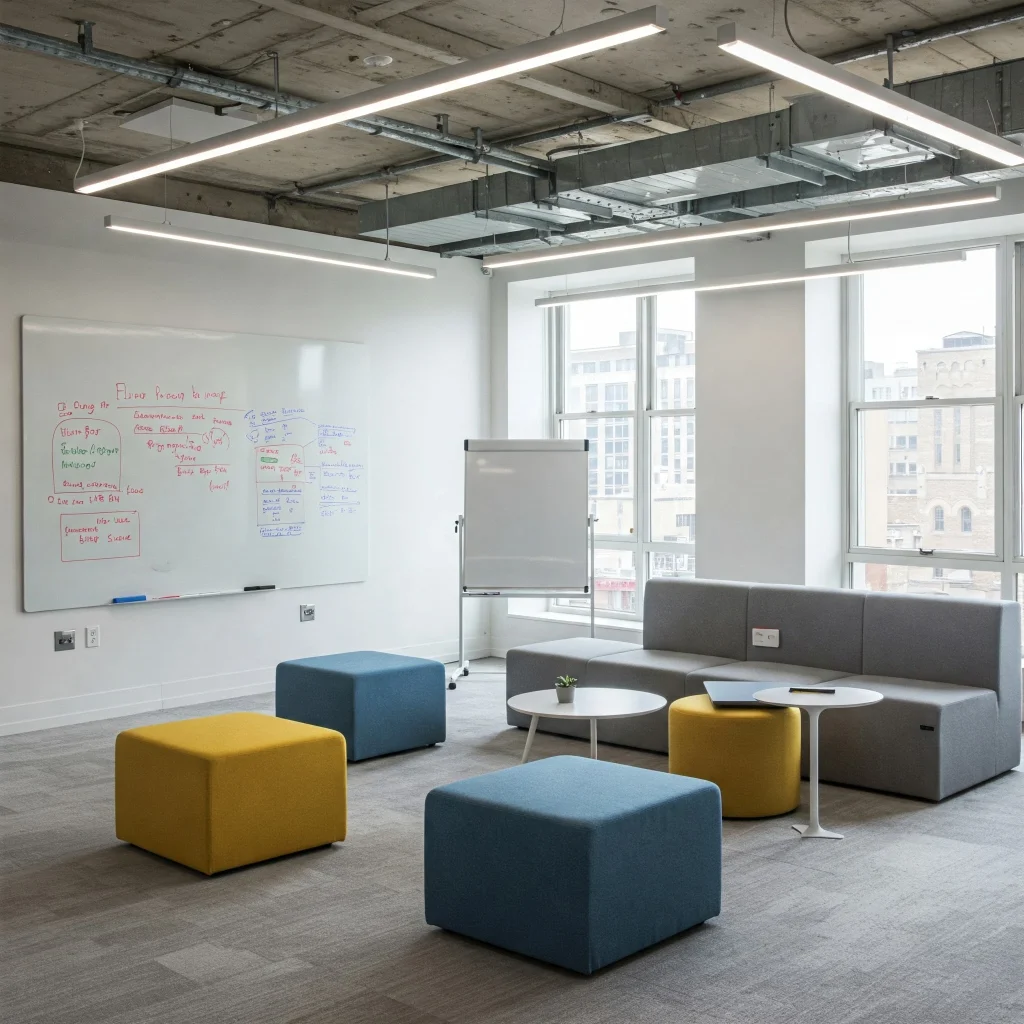Our motto: Become who you were meant to be or who you were born to be!
ANATTA CONSULTING
Leadership development with coaching tools
"We cannot teach people anything, we can only help them discover it within themselves."
Galileo Galilei
Organizational development
Target audience: We are looking for applications from companies for whom the ideal workplace is not just a dream, but also a goal, and who are willing to work for it.
Since the late 2010s, the world has been undergoing significant changes. These are influenced by a number of factors, many of which are beyond the direct control of humans, such as global climate change, technological development, and natural geophysical processes of the Earth, such as the magnetic pole shift or precession, or major power political realignments. Together, these factors shape the environment of our planet and the functioning of human societies. The most characteristic features of this period are: an increased desire for freedom, abandoning constraints, reforming all rules, sudden, unpredictable, rapid, explosive changes. These changes are largely beyond our control.
The younger generation works differently, because they didn't gang up on the streets together and didn't spend the summer together in the countryside, no bond has developed. It doesn't matter to them if they don't have a job because their parents support them, they can't tell them their problems because they think in apps and if they don't like one, they close it with an x. Commitment to an organization, to a goal, is very difficult for them.
Older people, who didn't have iPhones, Instagram, or were soldiers, sometimes look down on young people or are jealous of their technical affinity, preferring to stick together. This is why conflicts and communication problems due to generational differences often develop, resulting in low productivity.
Yet young people are just as needed as older people.

There has also been a serious change in leadership needs in organizations due to the reasons mentioned above. Autocratic leadership is starting to no longer work in the old, familiar way, although it is also necessary, but it doesn't matter in what form. For example, there is no democracy on a ship or a plane, because you have to follow the captain's instructions, otherwise you will crash or sink. If we compare the operation of a ship or plane with the operation of a company, we can draw a parallel between the two. There is no democracy in either place, because everywhere there is a captain who tells you the destination and the rules. The only question is in what form?!
If a leader has a diverse set of tools, they can switch between them according to the situation. They either show the direction and empower the team to find a solution, or they take the lead and lead the team, showing them where and how, but ensuring everyone has autonomy in their own area. What is definitely not working and will definitely fail in the future is the micromanagement type of leadership that gives orders and holds them accountable, because it no longer has anything that is needed for today's world.
After the Cold War, a description of the world that originated with the US military became widespread: VUCA (Variable, Uncertain, Complex, Ambiguous).
A new description of the world, BANI (Fragile, Anxious, Nonlinear, Incomprehensible), has been introduced in 2020, with greater emphasis on risk management, employee engagement, and managing unpredictable situations. The biggest change in this new world for companies has been the home office.

Today, a large number of managers in Hungary struggle with not allowing their subordinates to work from home, even though their work could be done remotely. This is a complex issue, but it can be traced back to very identifiable shortcomings. It is a question of trust, when the manager does not trust his people, which can be traced back to the fact that he does not trust himself. This is a condition for being able to trust others. Furthermore, there are insufficient leadership skills and a lack of support systems: delegation, accountability, communication, time management, professional shortcomings. Coupled with these are the lack of task management systems, lack of processes, lack of ITSM systems, etc.
Unfortunately, they don't realize that if they can't control the employee remotely, they won't be able to leave the location, as you can work 8 hours a day and spend 1 hour looking at the monitor.
The most important thing for these new needs is awareness and conscious leadership, the development of which we do have influence.
The most important leadership qualities in conscious leadership are:
- The presence of the leader, not in the office, but in the here and now
- A non-judgmental approach to colleagues and partners
- Acceptance, not judgment
- Empathy, emotional intelligence
- The ability to take responsibility and make decisions without fear
- Consciousness controls your life, not your EGO, in other words, You control your mind, not your mind controls You.
- Trust, especially in yourself, so that you can trust others as well
What is an ideal workplace?
- Where people are not rows in a table, but values
- Where everyone does what they love and what they do best
- Where there is Flow instead of stress
- Where there is feedback
- Where there is trust
- Where there is transparency
- Where they don't treat stress, but eliminate the cause of stress
- Where remote working is no problem
- Where leaders are supporters, developers and enablers
- Where leaders have endless tools
- Where there is awareness
- Where there are conscious leaders
- Where there are developed processes and IT backend systems that support and record them

Challenges that companies face:
- Labor shortage
- Integrating young people
- Generational differences, how to work together
- Poor toolkit for leaders
- Home office
- EGO-driven functioning, lack of awareness
- Lack of processes
- Lack of back-end support systems: task management, ITSM, teamwork
What is needed to improve these?
- Communication at all levels
- Communicating the vision
- Communicating goals
- People management communication
- Non-judgmental feedback
- The leader turns his full attention to the subordinate.
- performance appraisal
- Resilience, i.e. flexibility and adaptability
- Developing a value system in every area they work together on
- Development of leadership tools
- Developing and transforming skill-level management toolkits
- Developing awareness
- Developing emotional intelligence
- Other skills: delegation, accountability, assertive communication, boundary setting, time management, etc.
- Learning coaching-based leadership
- Supporter
- Developer
- Authorizer
- Development of IT tools to support managers
- Task management
- Processes and IT processes
- ITSM és CMFB system
- Groupwork systems
- Team building activities where the team comes together
If we develop these in the organization, the corporate culture will improve on its own.

What do companies gain from this? Everything!
- There will always be labor.
- There will be productivity
- Revenue and profit increase
- The company is growing
- Market share is increasing
- It will be good to go to this workplace
How does organizational development work in our country?
Most of our colleagues have spent an average of 15 years in IT operations and IT development, which is why we, as organizational developers and leadership developers, think in terms of systems. In addition to the organization's employees and managers, the processes, IT processes and the IT systems that support them are part of the system. In order for a company to survive and remain competitive in today's world, conscious leaders and conscious employees are not enough; they also need well-functioning processes and systems that support their work, which they can use to perform from anywhere. Unfortunately, there are areas where the task is site-bound, such as a car service or a store where people shop, but the majority of jobs can be performed from anywhere.
Therefore, we consider it important to look at the big picture and develop all areas where deficiencies are identified.
Depending on your needs, it can range from simple to quite complex. Below we illustrate a general process, without going into detail about each step:
- Understanding needs and requirements
- Survey in the organization in the affected area
- 360-degree survey of leaders
- 360-degree survey of colleagues
- Process assessment
- IT process assessment
- Assessment of support systems
- General image presentation
- Common definition of steps
- Start of developments

